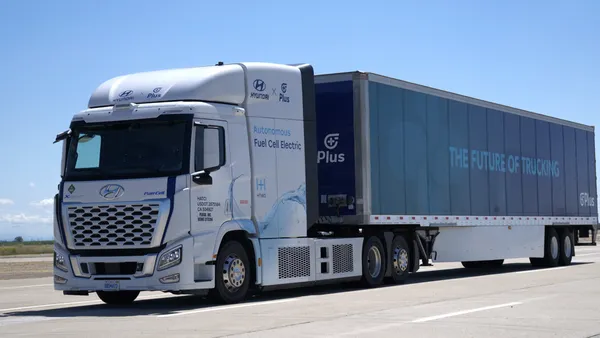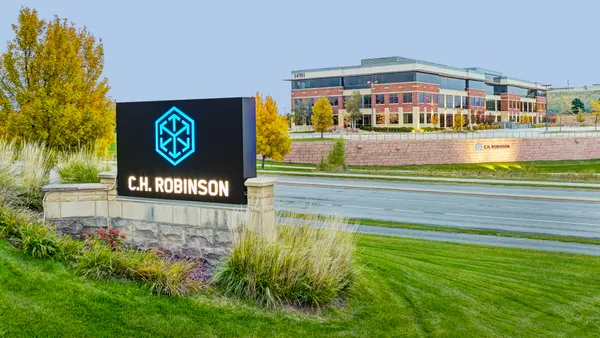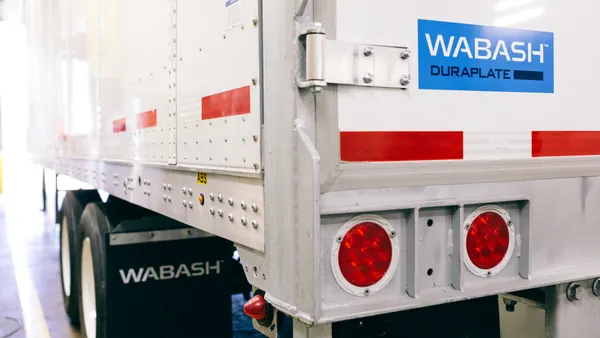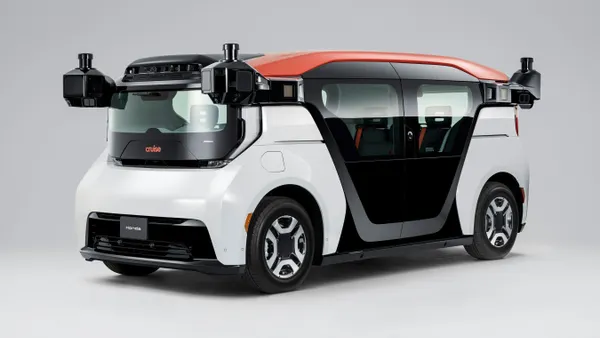This story is part of series on how C-suite roles are evolving in the trucking industry. Read our previous coverage on the changing roles of CEOs, COOs, and CFOs.
As the trucking industry continues to break away from its old-school past with the adoption of new technology, the lines between Chief Information Officers and Chief Technology Officers have blurred.
Originally, a CIO would focus efforts internally and used strategy to support a company, according to AFS Logistics CIO Nathan Johnson. At that time there wasn’t much customer-based technology, and the CTO would concentrate endeavors externally and developed client-facing solutions. When a business had both, the CTO reported to the CIO, but many only had CIOs.
“In our current world, it’s the same person,” said Evan Armstrong, president of Armstrong & Associates, a market research and consultancy for logistics. “The updated version of a CIO is a CTO, and he’s responsible for the software and network infrastructure of his company.”
The thin line between CIOs, CTOs
Kevin Linardic, CTO at Carrier Logistics, said a good CTO needs technology know-how to act on and enforce directives. In his role, he is responsible for setting strategies, working with customers and learning about emerging technologies.
“There’s always something new to replace the old and you need to be informed about those replacements before others

Kevin Linardic
CTO, Carrier Logistics
“Because initiatives and customer demands are coming at us faster than ever, as CTO I have to be strategic and implement the right tech solutions for these initiatives and demands,” he said.
As CIO, Johnson said he has many of the same responsibilities: providing solutions and innovations to meet the company’s needs, interpreting and normalizing data for clients and then securing all that information.
“It has never been a better time to be a CIO,” said Johnson. “It’s more fun and the capabilities are more powerful.”
Even with more trucking companies integrating technology into their operations, the core role of the CIO hasn’t changed, Johnson said. Executives still have to act on data, but they now have to do it faster. The supply chain is maturing and real-time shipping information is critical throughout the process.
“Confirming arrival/departure times, managing exceptions on deliveries, forecasting inventory demand and transit times are just some of the examples that require data to move faster than the shipments,” he said.
But as technology advances and more solutions are introduced, CIOs and CTOs will need to determine which ones are actually helpful for business.
“The role will continue to have heavy emphasis on current technologies and keeping a pulse on the industry,” said Armstrong. “CTOs/CIOs will need to know which systems will give their company a competitive advantage, which will be difficult when tech changes every six months.”
Glimpse into the future
As companies further automate, Armstrong said the role of CTO/CIO will continue to transform. These key executives will exert more influence on managing processes and maintaining excellence, he said.
“It has never been a better time to be a CIO. It’s more fun and the capabilities are more powerful.”

Nathan Johnson
CIO, AFS Logistics
But CTOs/CIOs will also need to be aware of technological risk and be on their toes in case of a potential cyberattack. The biggest challenge is to secure all the information and data a company has because the bad actors are smarter, more powerful and more threatening than ever, Johnson said.
Carrier Logistics has a weekly meeting with dedicated time to talk cyber security. The company also has an annual “what if” session with department heads to solve challenges with new security, software redesign or artificial intelligence measures.
“I have to wear many hats because I manage so many functional areas both externally and internally,” Linardic said. “Tech moves so quickly and comes from many different directions. There’s always something new to replace the old and you need to be informed about those replacements before others.”












